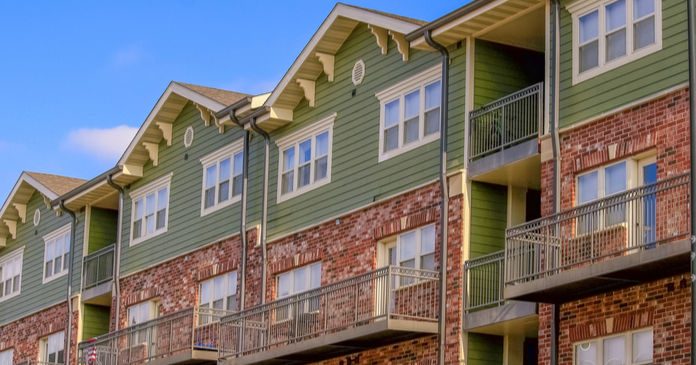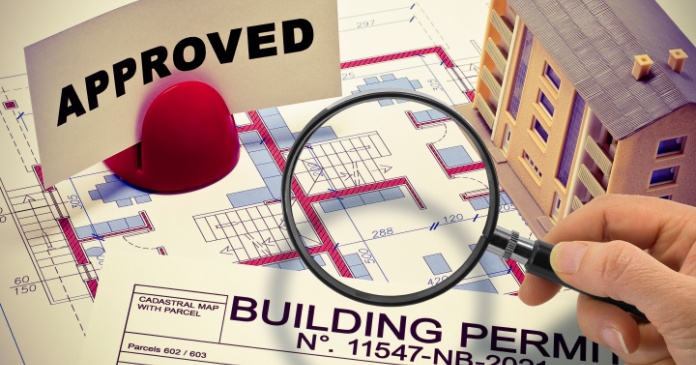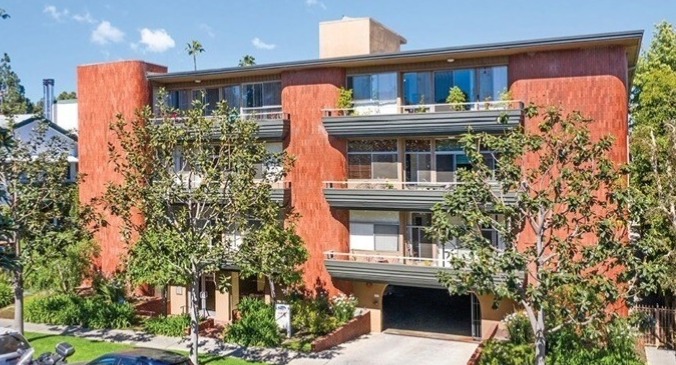A series of reports from the Census Bureau, give a snapshot of the current state of housing in the United States.
Construction
A report on new residential construction shows strength in the multifamily housing industry, especially when compared to the single-family housing industry. For the month of June, the value of newly completed multifamily housing rose by 0.2 percent from the level in May and by 11.5 percent from the year-earlier level. By contrast, the value of newly completed single-family housing fell by 0.7 percent for the month and by 8.5 percent for the year.
It should be noted that the value of newly completed single-family housing dwarfs that of multifamily housing. Single-family housing put in place was valued at nearly $264 billion in June, while the multifamily housing put in place was only valued at $66.2 billion.
Census reported that the country had 43.9 million rental units at the end of 2Q 2109, up 599,000 from the year-earlier level.
Rental rate rises
The Census Bureau reports quarterly on the homeownership rate, which can also be interpreted as the home-rentership rate. In the second quarter of 2019, the rentership rate rose from 35.7 percent of households to 35.9 percent of households. For comparison, the rentership rate was also 35.7 percent in the second quarter of 2018.
As one might expect, the rentership rate is highest for households headed by a person less than 35 years old at 63.6 percent. For other age groups, the rates are as follows:
35 to 44 years old 40.6 percent
45 to 44 years old 29.9 percent
55 to 44 years old 25.2 percent
65 and older 22.0 percent
Over the last 5 years, rentership rates have fallen slightly for the youngest age group despite issues of home affordability. By contrast, rentership rates have risen slightly for the oldest age group, possibly indicating an increasing preference for the renter lifestyle for this group.
Vacancies and rents
Census Bureau reporting on vacancies and rents does not break out single-family versus multifamily rents, but they still are of interest. Census reports that the rental vacancy rate for the country as-a-whole was 6.8 percent in 2Q 2019. This is significantly higher than reported levels for multifamily housing recently. By region, vacancy rates were reported as 4.9 percent for the Northeast, 7.7 percent for the Midwest, 8.4 percent for the South and 5.1 percent for the West.
The Census Bureau groups the core city and surrounding suburbs of the 374 geographical regions with the highest populations into Metropolitan Statistical Areas (MSAs) for reporting purposes. In 2Q 2019, Census found that the rental vacancy rate in the core cities of the MSAs was 7.0 percent. The suburban regions of the MSAs had vacancy rates of 6.2 percent. By contrast, the more rural regions of the country outside the MSAs had vacancy rates of 9.1 percent.
Census reported that the median asking rent on vacant units was $1,008 at the end of 2Q 2019. This was up from $951 a year-earlier, a rise of 6 percent.












